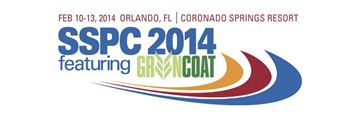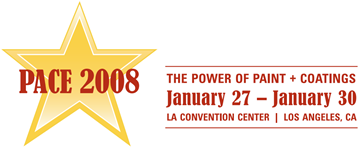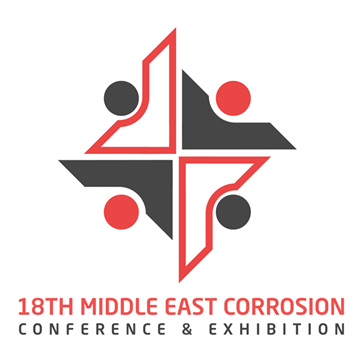Search
Individual Conference Papers
View as
Sort by
Display
per page
The Curse of the Mummy: Mysterious Tank Lining Failure in WAV Vessels
Product Number:
41214-841-SG
Publication Date:
2014
$20.00
The Curse of the Mummy: Strange Discoveries in the World of Coating Failures
Product Number:
41208-439-SG
Publication Date:
2008
$20.00
The Design and Operation of a Multi-System Approach for Cathodic Protection Systems of Inter-Bonded Complex Plants
Product Number:
51323-19264-SG
Publication Date:
2023
$20.00
The Determination of the Chloride Threshold of Stainless Steel in Concrete – A Review
Product Number:
51321-16179-SG
Publication Date:
2021
$20.00
The Development of a New Accelerated Corrosion Test Method Using Controlled Relative Humidity
Product Number:
51323-19475-SG
Publication Date:
2023
$20.00
The Development of Electronic Data Gathering for the US Navy Robust Functional Paperless Paint Project (RFPP)
Product Number:
41214-809-SG
Publication Date:
2014
$20.00
The Development Of Environmentally Acceptable Corrosion Inhibitors For Sour Applications
Product Number:
51322-18006-SG
Publication Date:
2022
$20.00
The Development Of Eta Function For Notch Tensile Testing Of Sulfide Stress Cracking (SSC) Susceptibility
Product Number:
51322-18000-SG
Publication Date:
2022
$20.00
The Development of Highly Corrosion Resistant PH Nickel Bar for Sour Oil and Gas and HydrogenStress Cracking Resistance
Product Number:
MECC23-20363-SG
Publication Date:
2023
$20.00
The Development of Mercaptan Scavenging Test Methods and the Evaluation of Scavenger Chemistries
Product Number:
51323-18839-SG
Publication Date:
2023
$20.00
The Development of Novel Corrosion Inhibitors for High Temperature Sour Gas Environments
Product Number:
51320-14591-SG
Publication Date:
2020
$20.00
The Development of Novel Laboratory Test Method for Scale Inhibitor Evaluation in the Presence of Ferrous Iron
Product Number:
51320-14443-SG
Publication Date:
2020
$20.00












